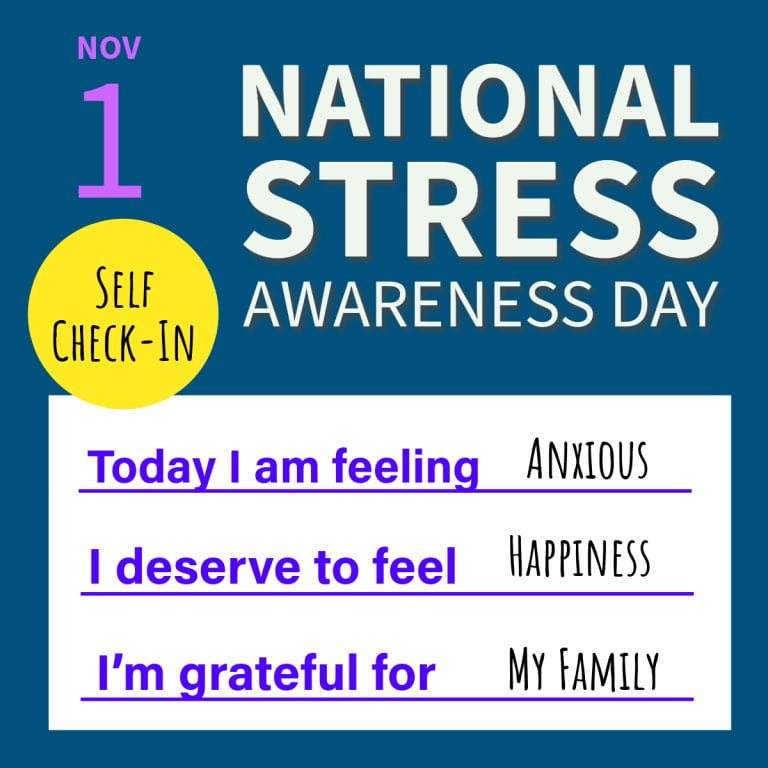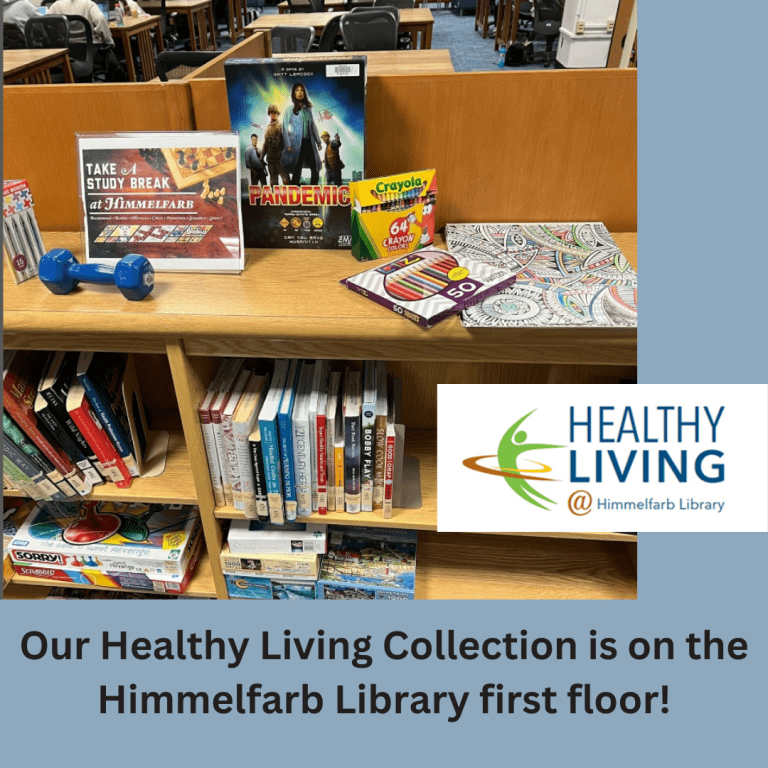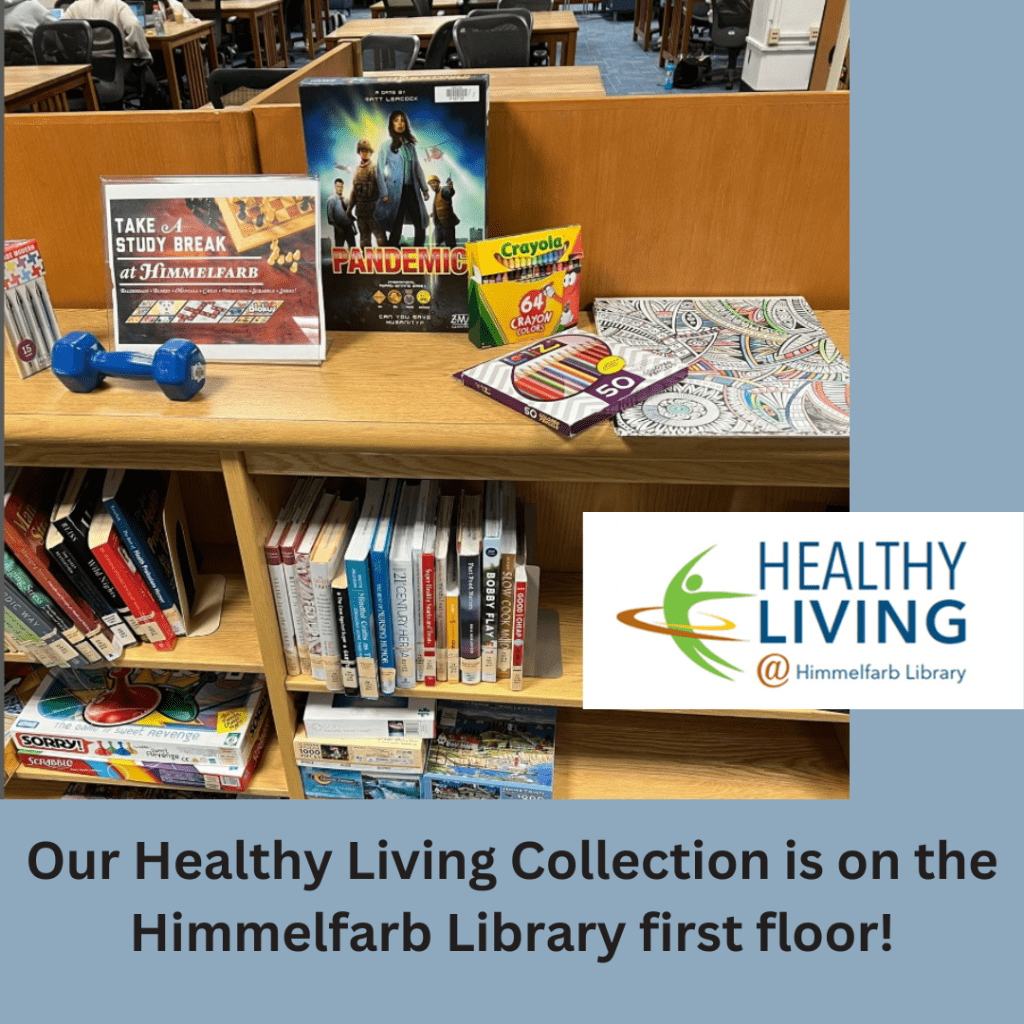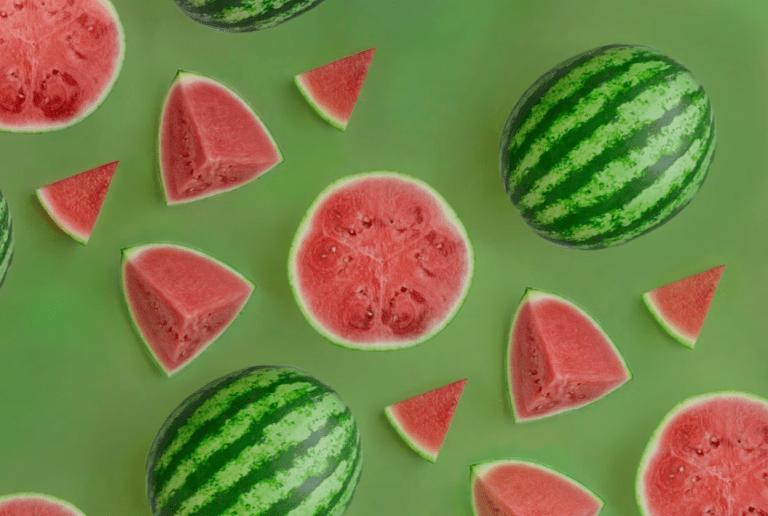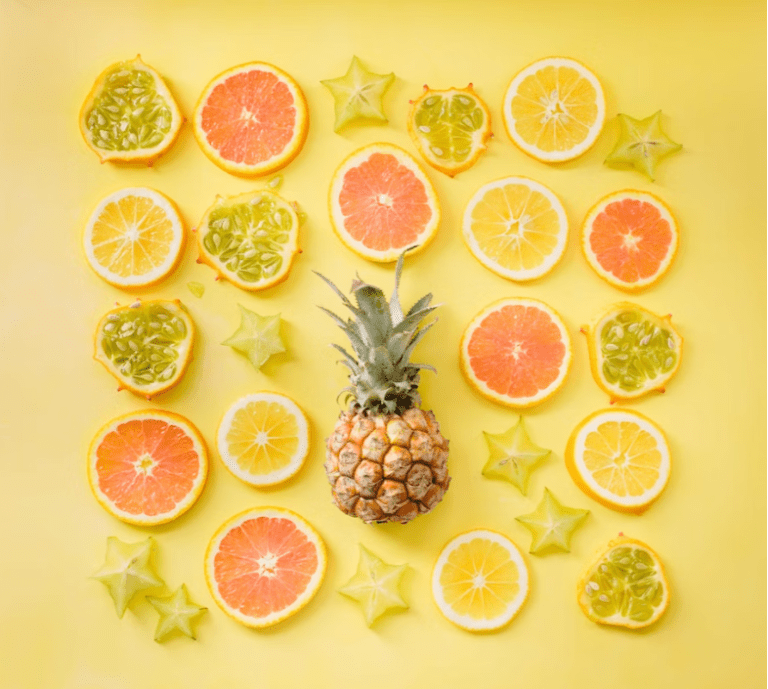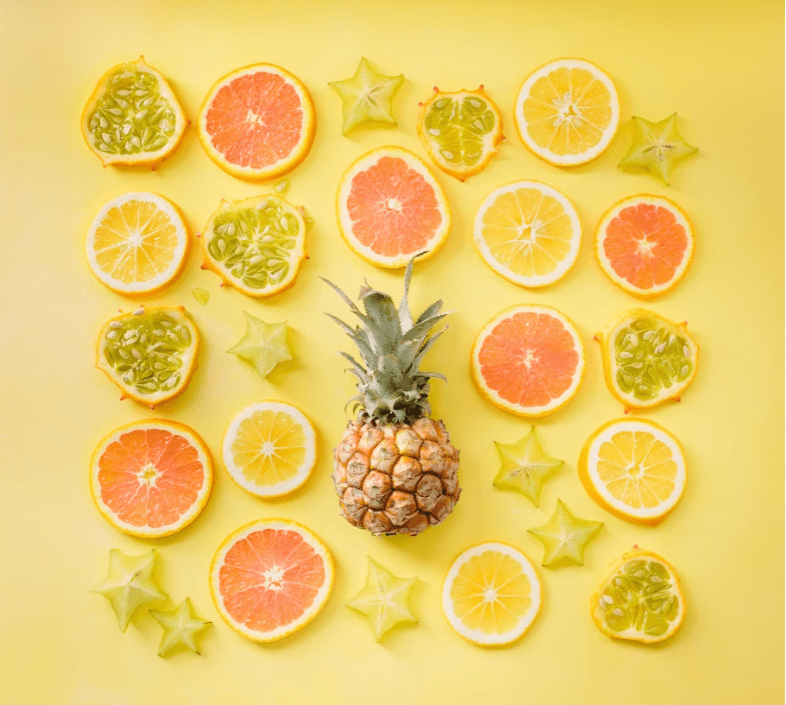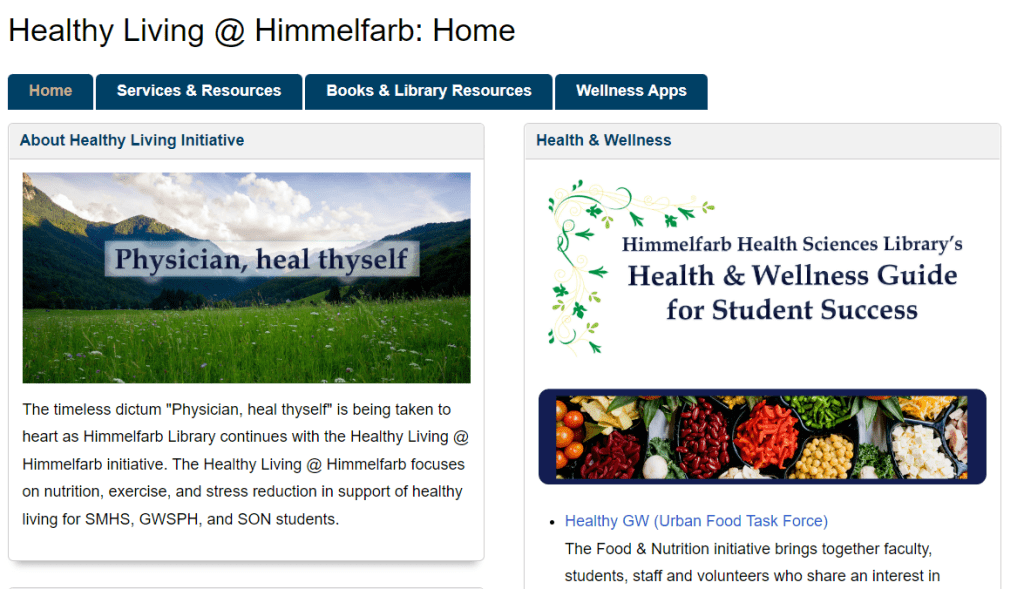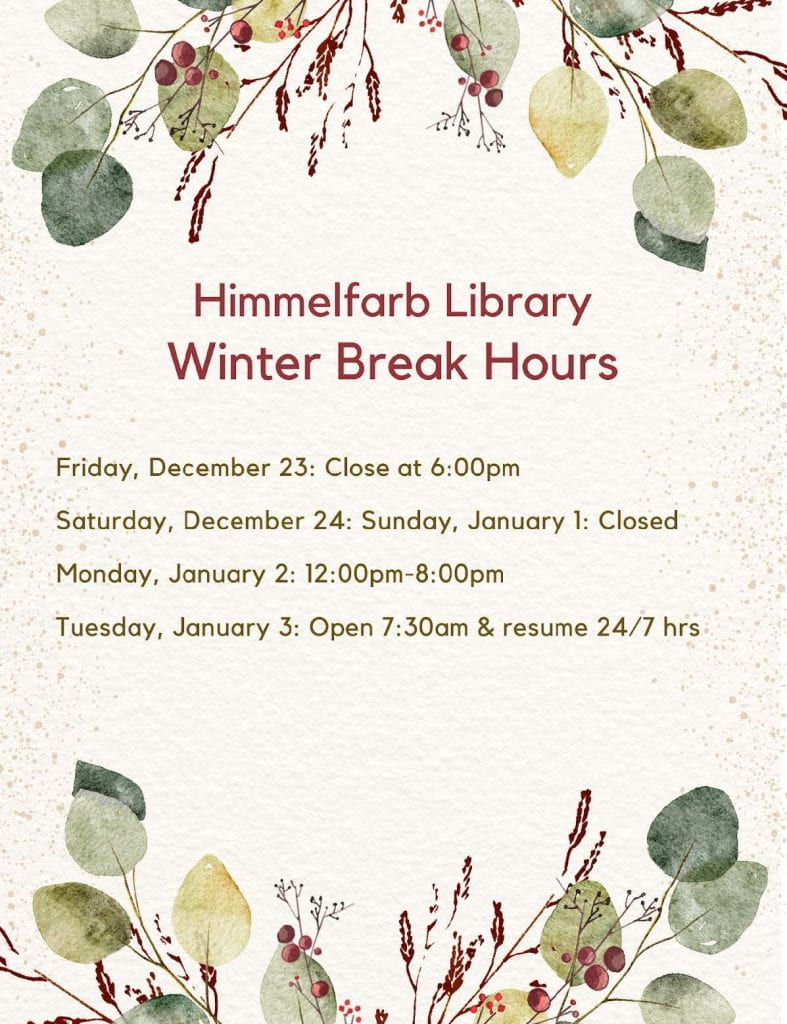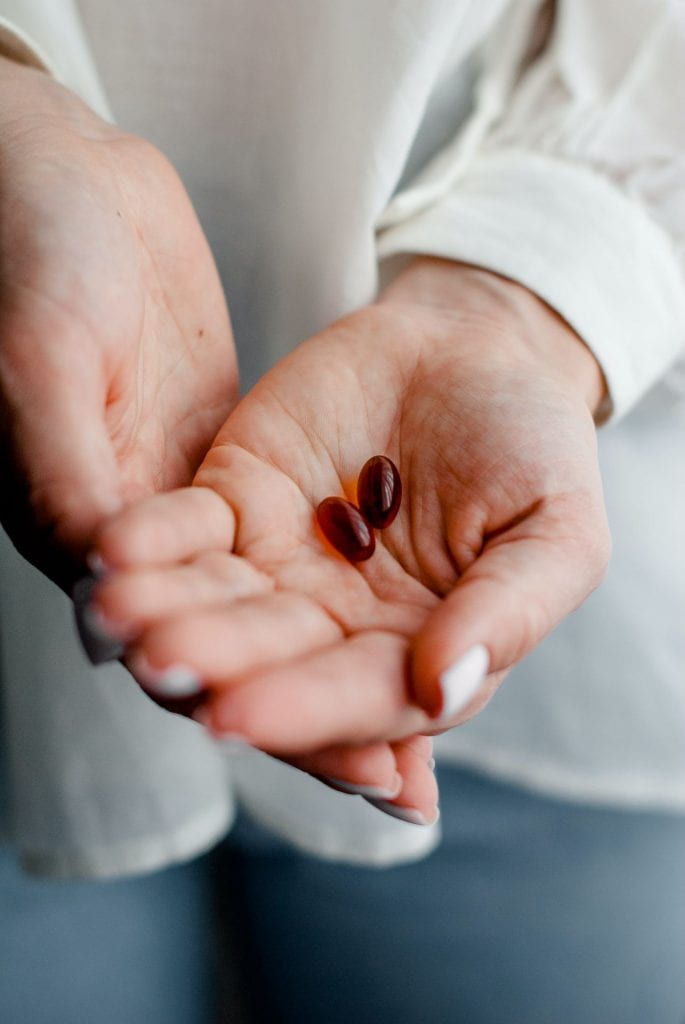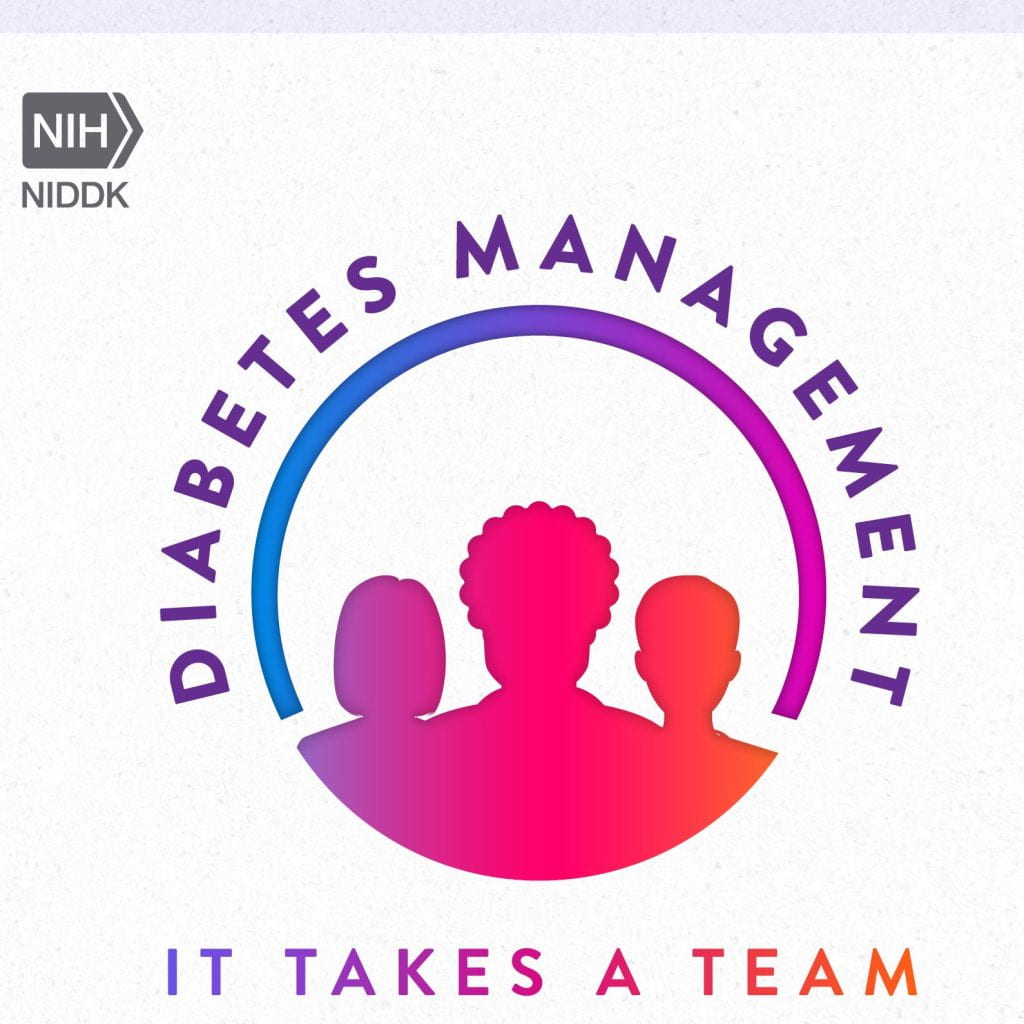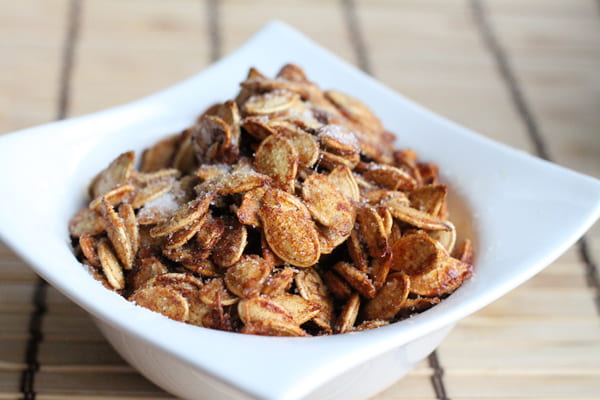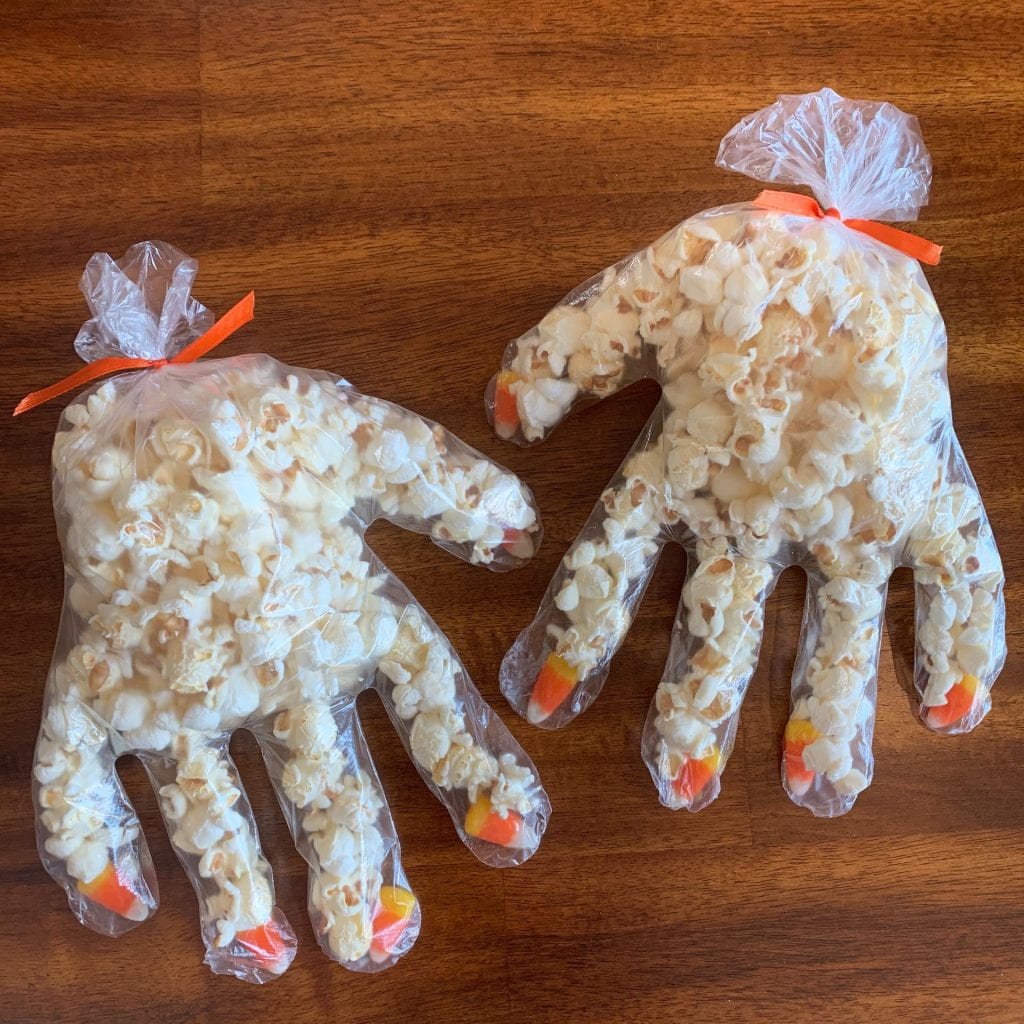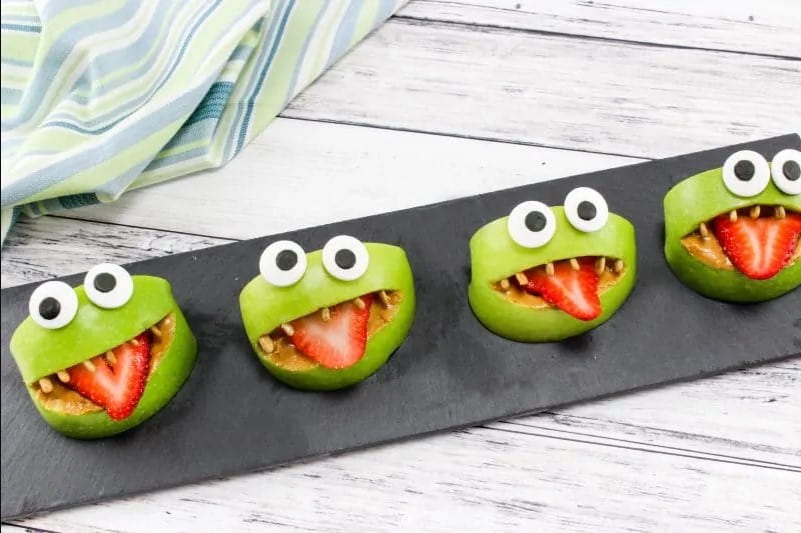The holiday season brings joy and celebration. It can also amplify stress levels with the rush of activity and expectations associated. National Stress Awareness Day is well timed at the beginning of November to raise attention to the stress many feel at this time of year. Founded by the International Stress Management Association, National Stress Awareness Day is intended to “increase public awareness and help people recognize, manage, and reduce stress in their personal and professional lives.”
A daily mindful self check-in can help you identify when you are feeling stressed, anxious, or down.
If you are feeling stressed there are practices that can help immediately relieve everyday stressors. Try a brief meditation like this Self Havening practice:
The GW Office of Integrative Medicine has a set of short videos for finding calm in the storm. Check their Calming Breath Playlist on YouTube. Here’s a sample of what’s on the list -
The GW SMHS Resiliency & Well-Being Center has a more extensive set of resources for stress relief, anxiety, and self-care. They also provide a live mind/body practice every Friday at 2pm through their A Mindfulness Experience webinars.
If you want to talk to someone about your stress or anxiety, the Resiliency & Well-Being Center will provide brief counseling and referral services. Contact their offices at 202-994-2502 or email them at rwc@gwu.edu. Their Peer Caregiver program trains managers and staff to identify colleagues in need of support and get them on the road to assistance. If you’re interested in becoming a Peer Caregiver, fill out their interest form. Here is a list of trained Peer Caregivers in SMHS.

